From Bauhaus to outhouse: Walter Gropius’ Massachusetts home seeks a design for a new public toilet
For years, visitors to the Gropius House had to contend with an outdoor porta loo. A new architecture competition is betting the design community is flush with solutions
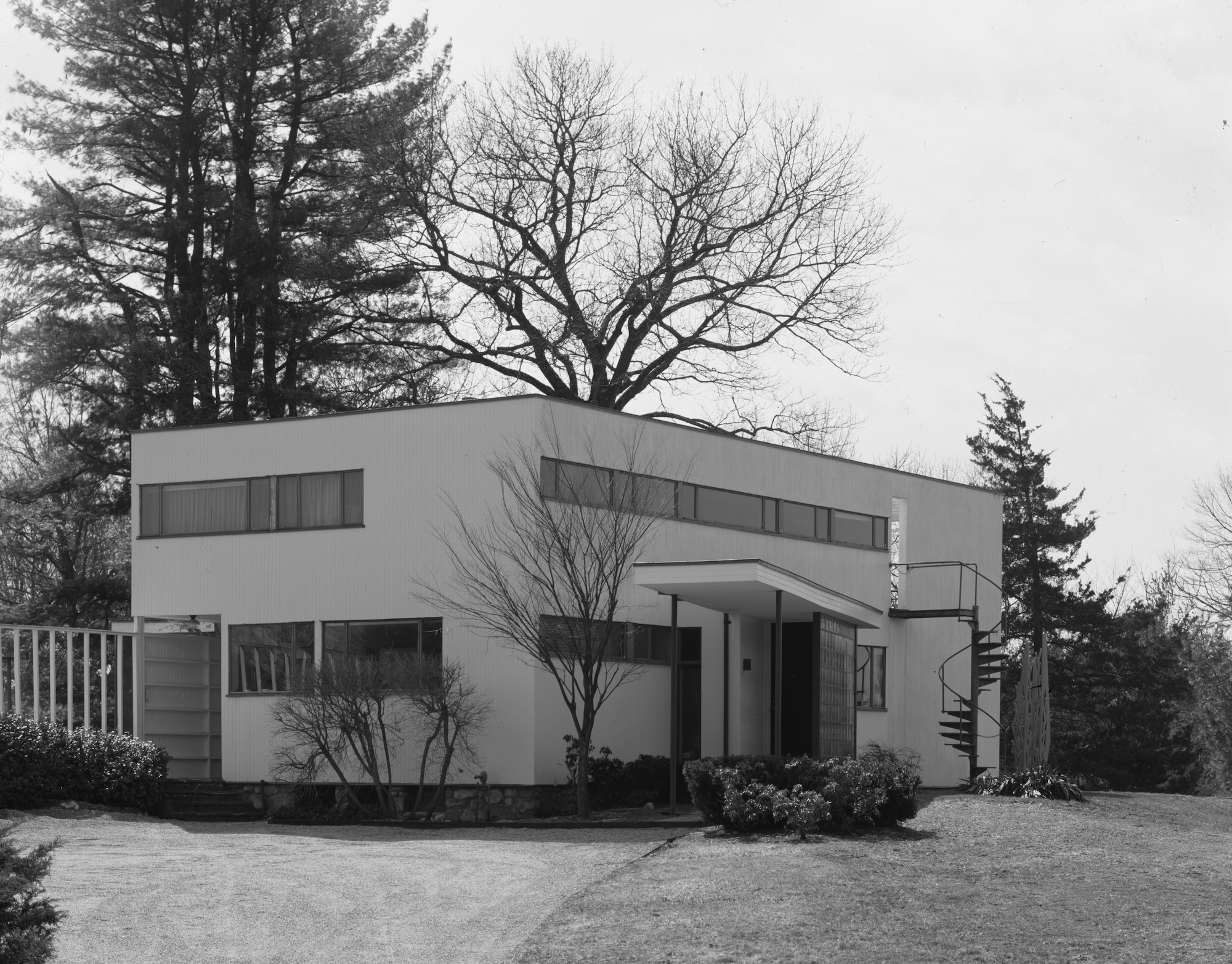
Walter Gropius’ family home has turned heads ever since it sprang out of the Massachusetts countryside in 1938. With its glass brick walls, ribbon windows and daring exterior spiral staircase, it was the veritable embodiment of Gropius’ Bauhaus principles. In fact, upon its completion, some 1,000 onlookers showed up to examine this architectural curiosity.
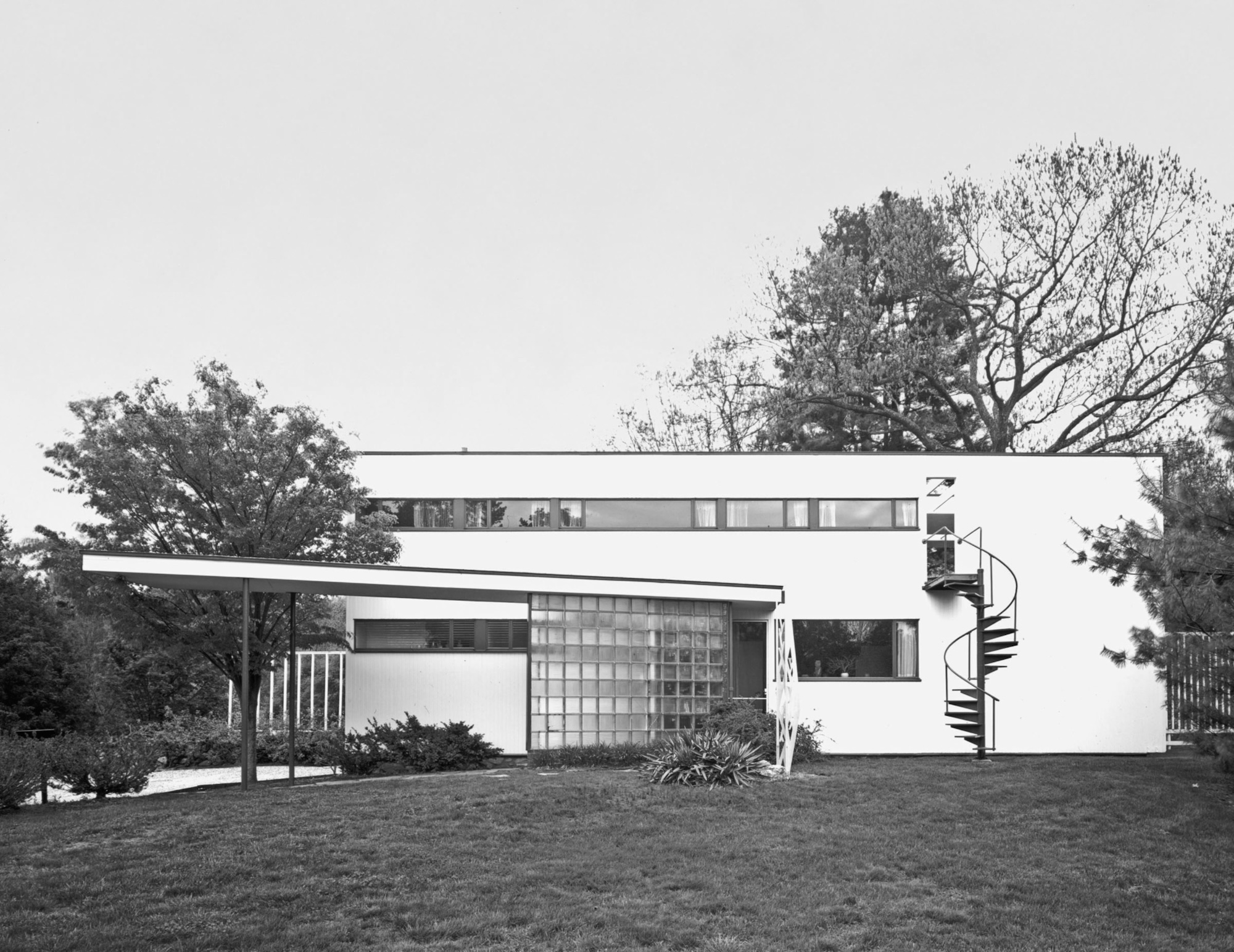
Nearly 90 years later, the Gropius House continues to attract crowds; It’s been open to the public as a museum since the 1980s and is one of the most popular tourist sites run by Historic New England, the nonprofit that maintains the five-acre property. Tours frequently sell out.
There was, however, one thing that let the modernist icon down: its public toilet.
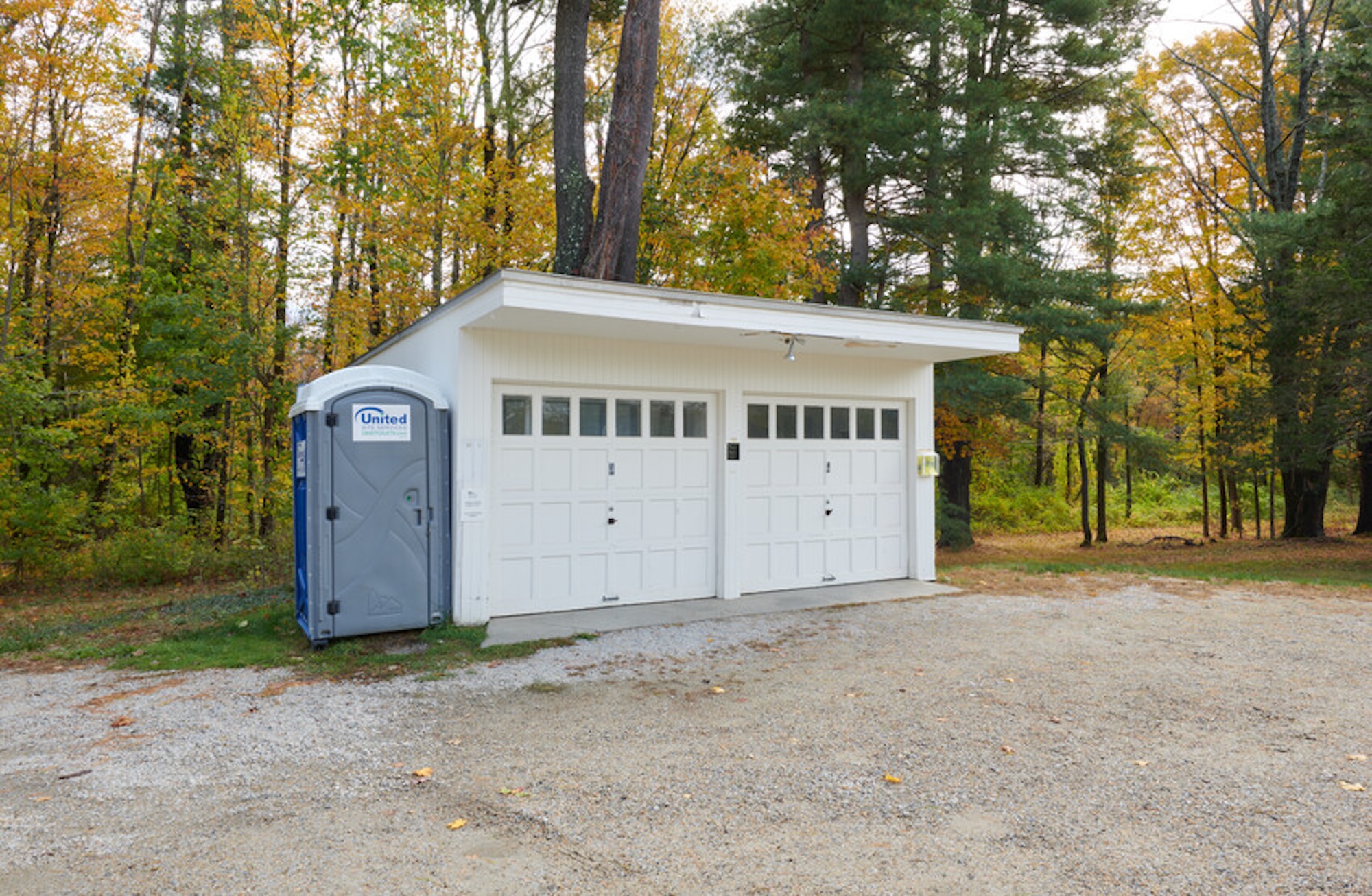
A view of the Gropius family garage (now a visitor's centre) alongside the current public toilet
For years, the only outdoor facility available to guests has been a single portable toilet that abutts the Gropius family garage, which presently functions as a small visitor's centre.
‘It’s the standard-issue, off-the-truck, porta potty – it serves its purpose,’ says Vin Cipolla, president and CEO of Historic New England. ‘It's unexpectedly in the spirit of the house, in a way: it's highly functional.’
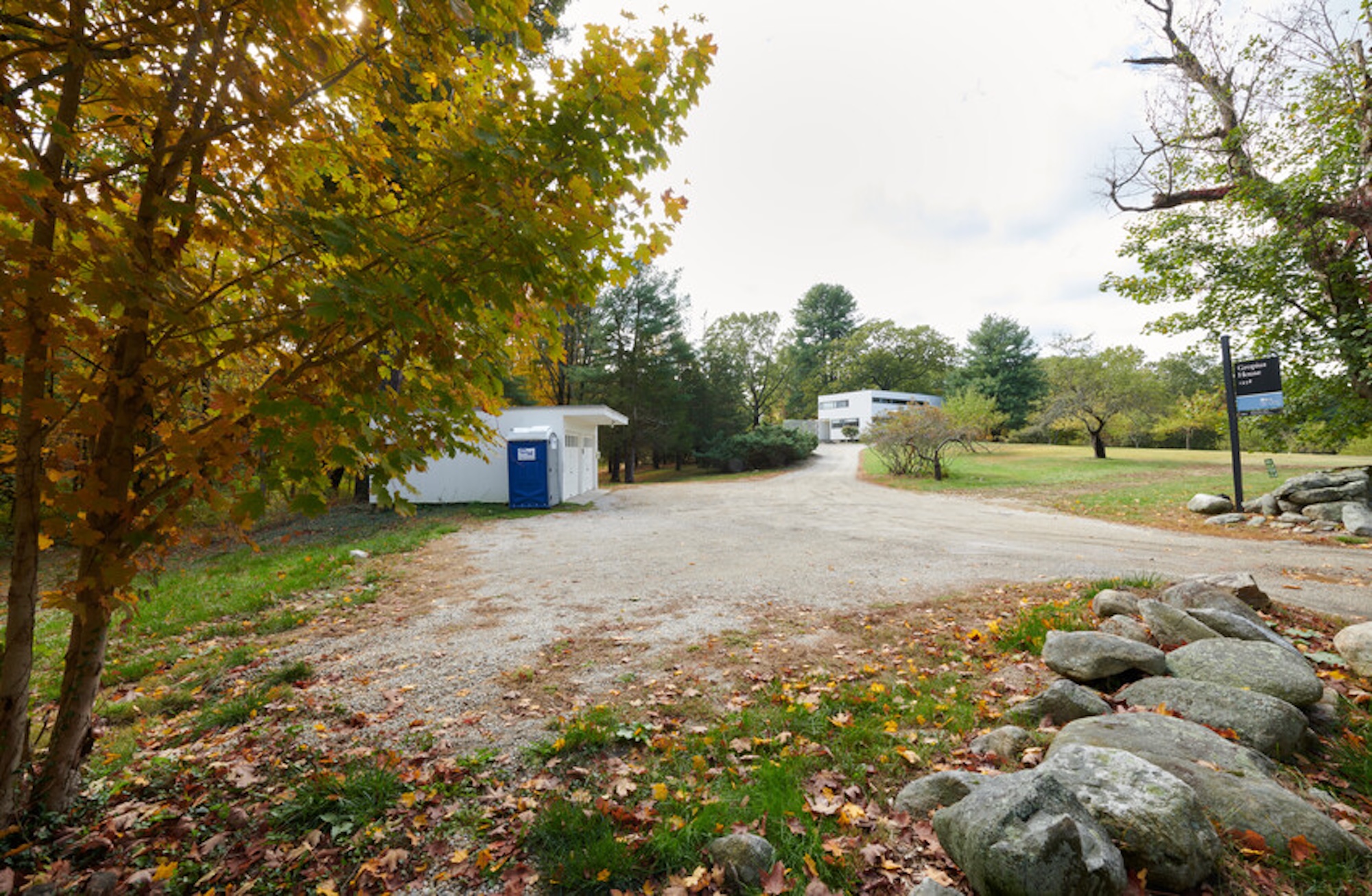
The porta loo is the first thing you see when you approach the Gropius House site
Still, Cipolla and his team knew they could do better. Today (13 November 2025), Historic New England has announced a juried architectural competition to design a new outdoor restroom at the Gropius House, one that improves the visitor experience by prioritising accessibility and blending in with the aesthetics of the site (much like the recently added facilities at Balkrishna V Doshi’s 1959 Institute of Indology in India, for example). Design professionals and students alike are encouraged to enter, as are interdisciplinary teams across architecture, landscape and industrial design.
‘The idea of inviting the design community into the conversation felt very compelling to us,’ Cipolla says. ‘It's too cool an opportunity to give up.’
Receive our daily digest of inspiration, escapism and design stories from around the world direct to your inbox.

Walter Gropius at home playing table tennis
Gropius and his second wife, Ise, moved to the United States in 1937 after the architect accepted a teaching position at Harvard. By then, the Bauhaus school he had founded had been shuttered by the Nazis, who deemed his teachings as degenerate.
A local philanthropist provided Gropius with the land and funds in Lincoln, Massachusetts to construct a home for his family. Though the home was modest in scale, ‘it fit our life like a glove’, Ise later recounted.
The house has four indoor bathrooms, one of which is available for tour guests to use. But the set-up has been less than ideal for visitors waiting for their tour slot, or for those exploring the landscaped grounds.
Competition entrants are encouraged to be creative (Cipolla is even amenable to modular, porta john-like ideas) but submissions must check a few boxes: there must be two toilets and two wash stations; it must remain near, or be an extension of the garage; it must abide by ADA regulations; and it should evoke the Bauhaus spirit of innovation. The winning team, set to be announced in March 2026, will receive a prize of $5,000, have their work included in the Gropius House archive and be given an exhibition on the site.
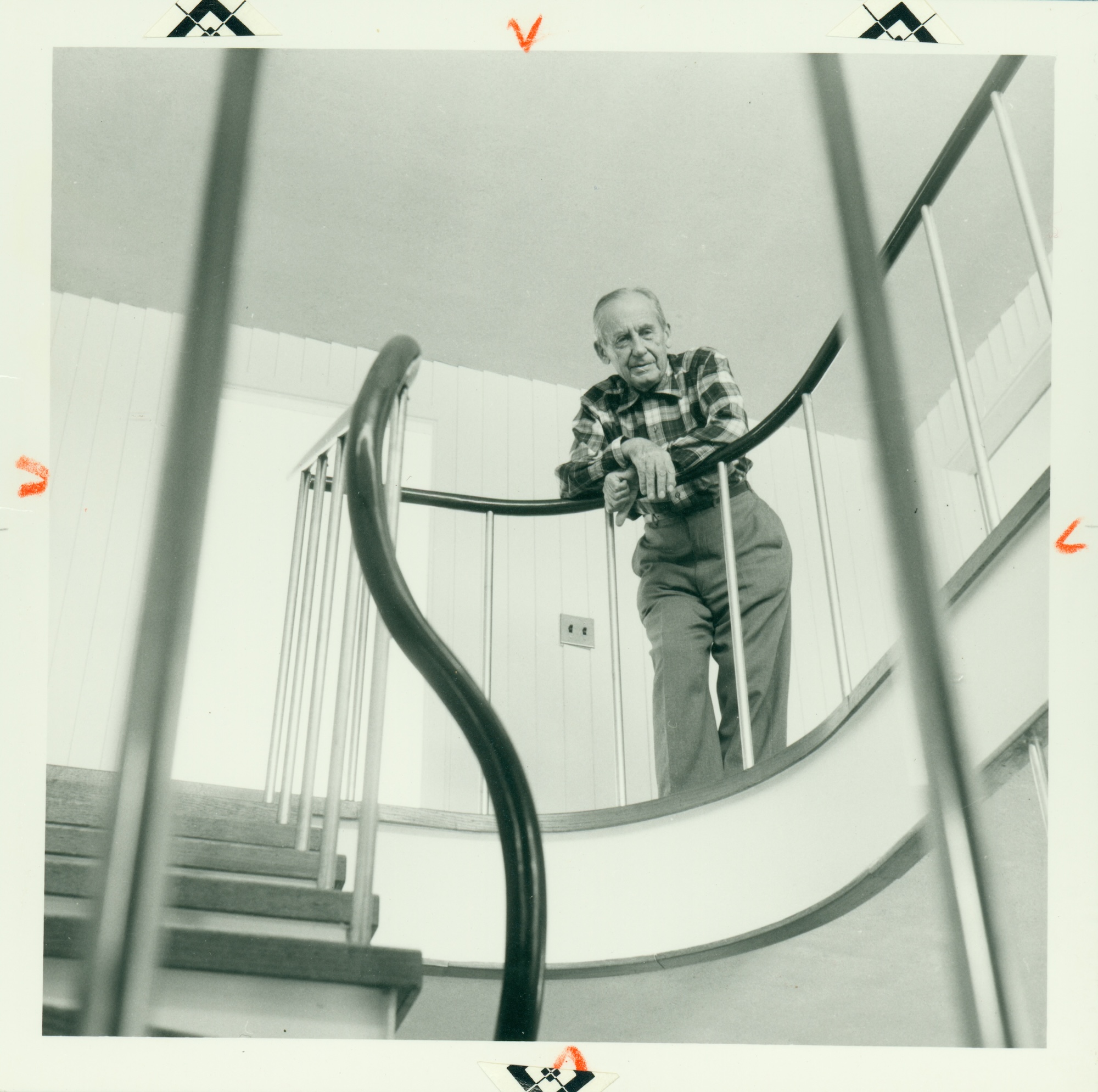
Gropius, atop the sinuous staircase in his Massachusetts home.
Gropius never set out specific tenets for the design of a commode, but the competition’s organisers hope that participants will be flush with Bauhaus-inspired ideas. To paraphrase the master himself: ‘A public toilet is like an umbrella: it functions best when open.’
Entries are due 6 February, 2026. For more information and deadlines, visit gropiuscompetition.info
Anna Fixsen is a Brooklyn-based editor and journalist with 13 years of experience reporting on architecture, design, and the way we live. Before joining the Wallpaper* team as the U.S. Editor, she was the Deputy Digital Editor of ELLE DECOR, where she oversaw all aspects of the magazine’s digital footprint.
-
 This Portuguese winery looks like it grew from the landscape itself
This Portuguese winery looks like it grew from the landscape itselfArchitect Sérgio Rebelo distils the essence of Portugal’s Douro Valley into a new timber-framed winery for Quinta de Adorigo
-
 In Sou Fujimoto’s far-flung Not A Hotel villa, solitude feels almost planetary
In Sou Fujimoto’s far-flung Not A Hotel villa, solitude feels almost planetaryAn underwater sauna, an infinity pool and a circular courtyard garden are just a few of the highlights at Not A Hotel’s latest outpost, on Japan’s Ishigaki Island
-
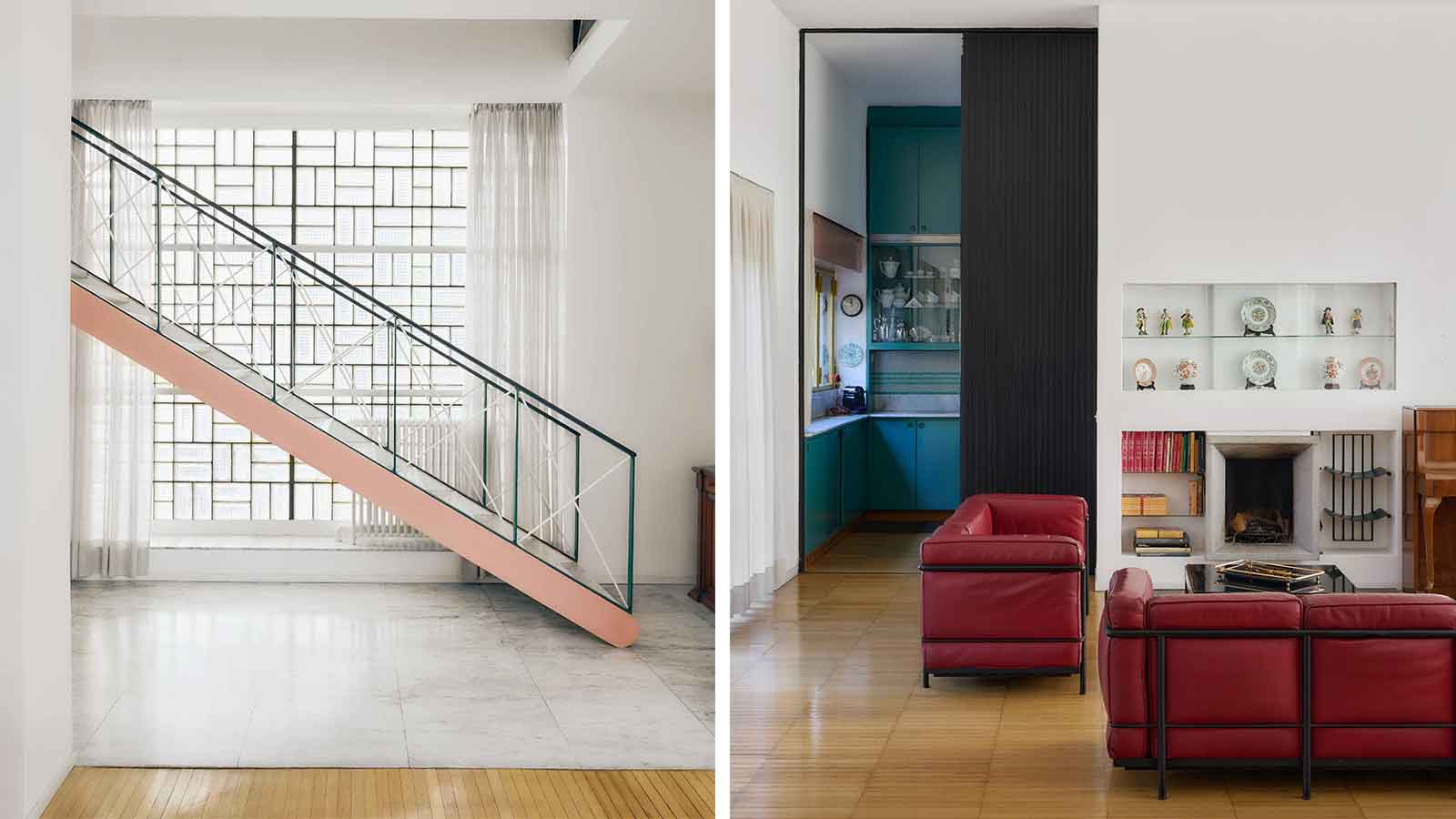 Alcova 2026 locations include a Rationalist gem and an abandoned church
Alcova 2026 locations include a Rationalist gem and an abandoned churchAlcova returns for an 11th edition in 2026 (20-26 April), once again opening up two exclusive Milanese locations, the Baggio Military Hospital and Franco Albini's Villa Pestarini
-
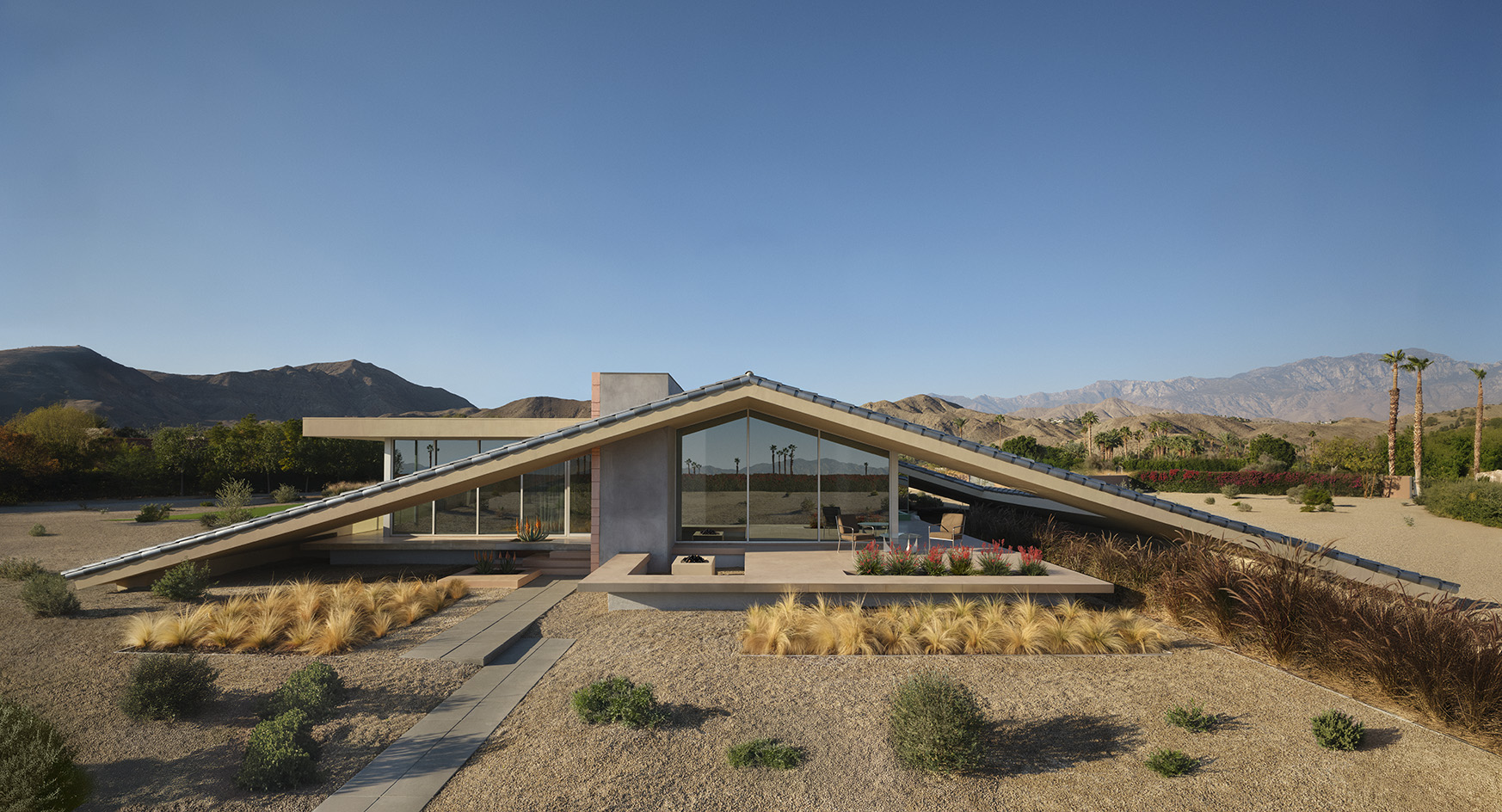 Robert Stone’s new desert house provokes with a radical take on site-specific architecture
Robert Stone’s new desert house provokes with a radical take on site-specific architectureA new desert house in Palm Springs, ‘Dreamer / Lil’ Dreamer’, perfectly exemplifies its architect’s sensibility and unconventional, conceptual approach
-
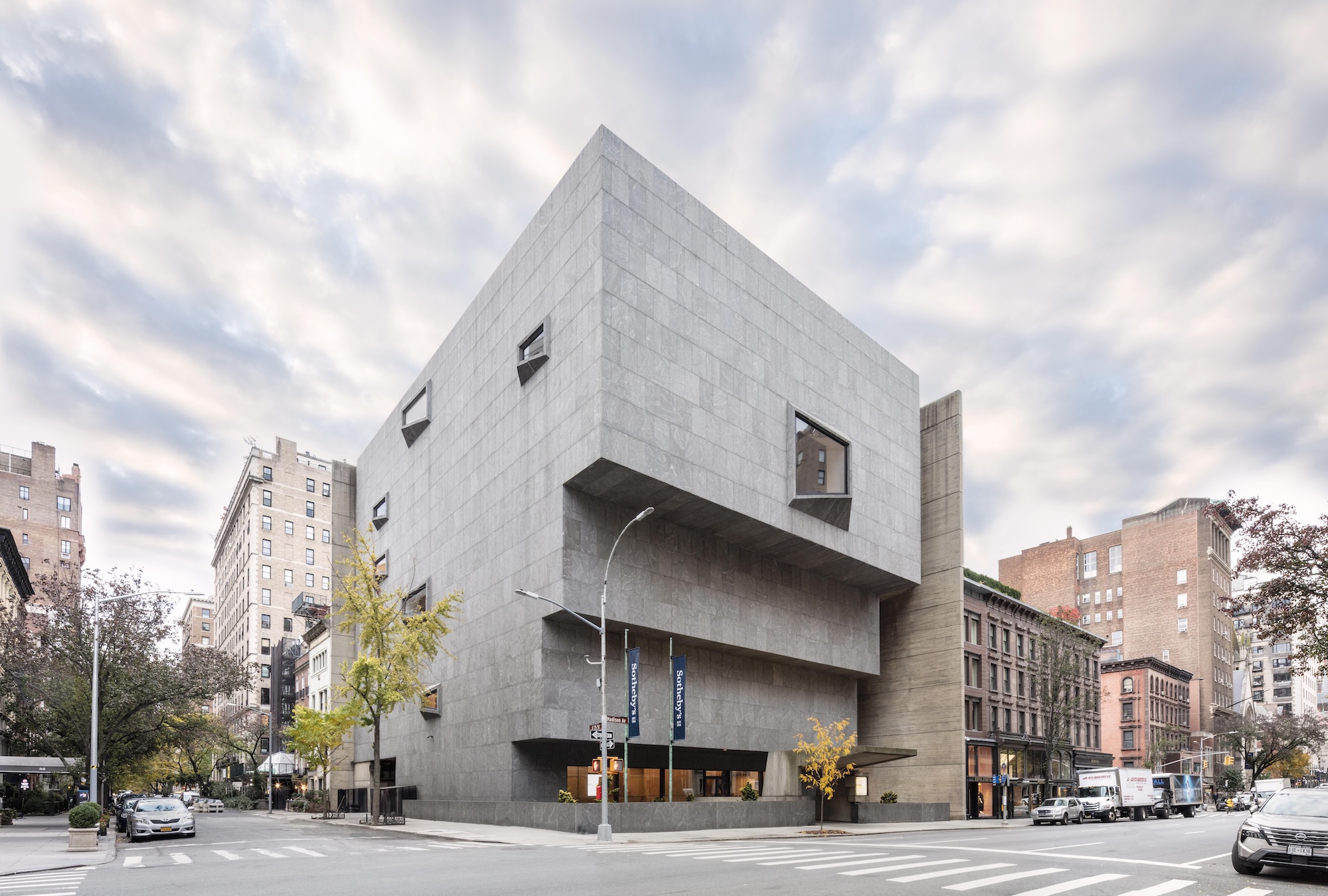 New York's iconic Breuer Building is now Sotheby's global headquarters. Here's a first look
New York's iconic Breuer Building is now Sotheby's global headquarters. Here's a first lookHerzog & de Meuron implemented a ‘light touch’ in bringing this Manhattan landmark back to life
-
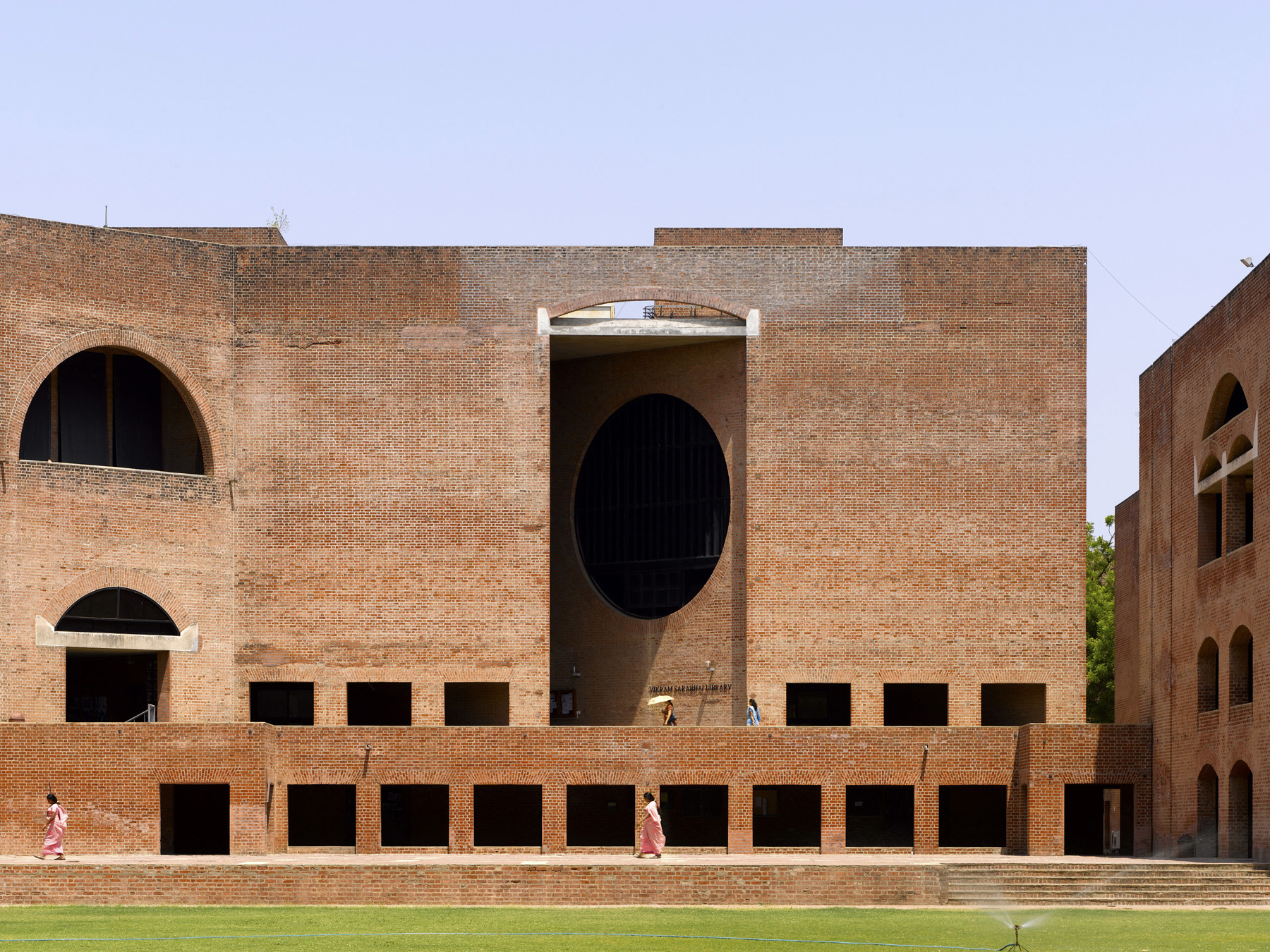 Louis Kahn, the modernist architect and the man behind the myth
Louis Kahn, the modernist architect and the man behind the mythWe chart the life and work of Louis Kahn, one of the 20th century’s most prominent modernists and a revered professional; yet his personal life meant he was also an architectural enigma
-
 The Architecture Edit: Wallpaper’s houses of the month
The Architecture Edit: Wallpaper’s houses of the monthFrom Malibu beach pads to cosy cabins blanketed in snow, Wallpaper* has featured some incredible homes this month. We profile our favourites below
-
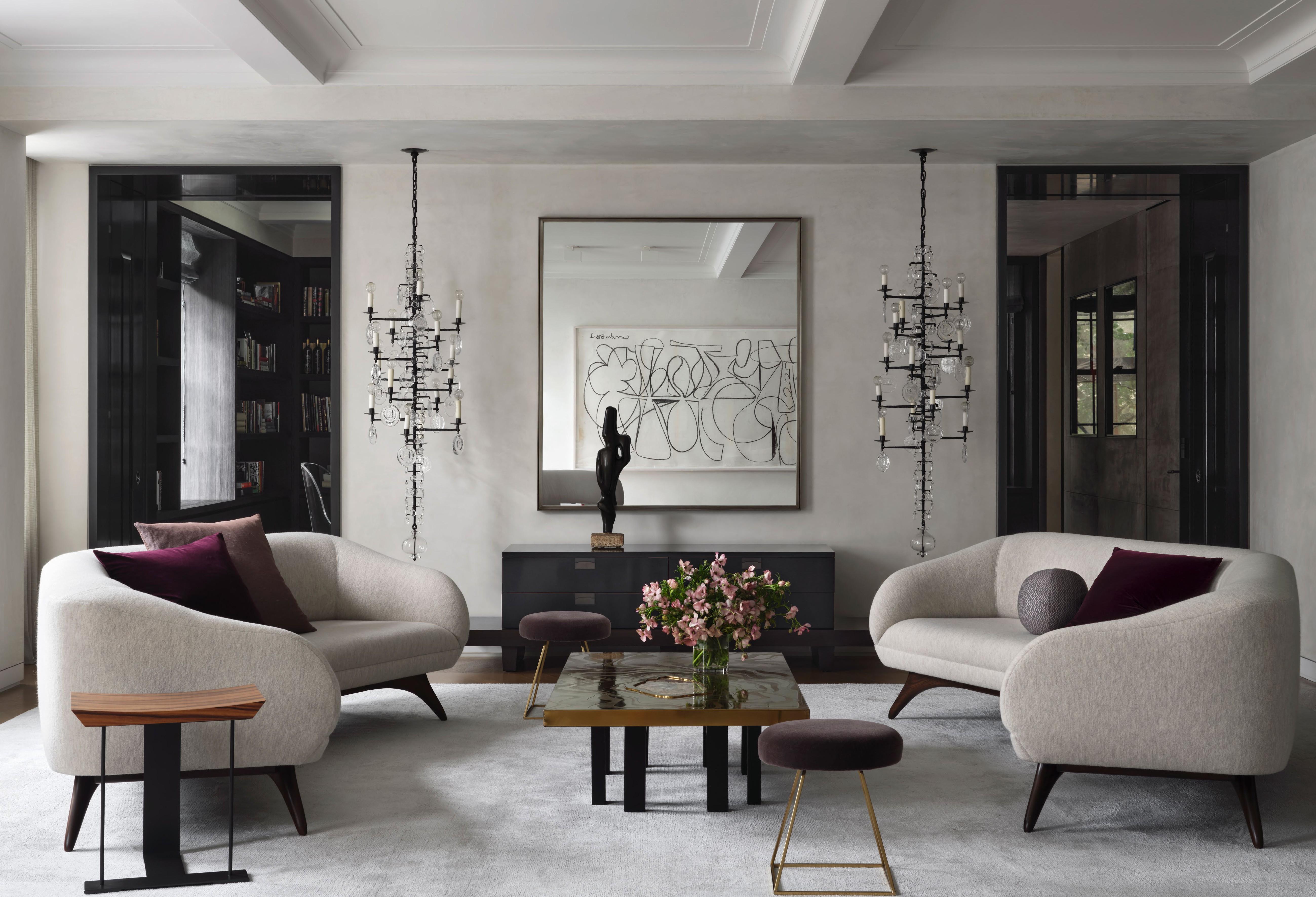 This refined Manhattan prewar strikes the perfect balance of classic and contemporary
This refined Manhattan prewar strikes the perfect balance of classic and contemporaryFor her most recent project, New York architect Victoria Blau took on the ultimate client: her family
-
 Inside a Malibu beach house with true star quality
Inside a Malibu beach house with true star qualityBond movies and Brazilian modernism are the spur behind this Malibu beach house, infused by Studio Shamshiri with a laid-back glamour
-
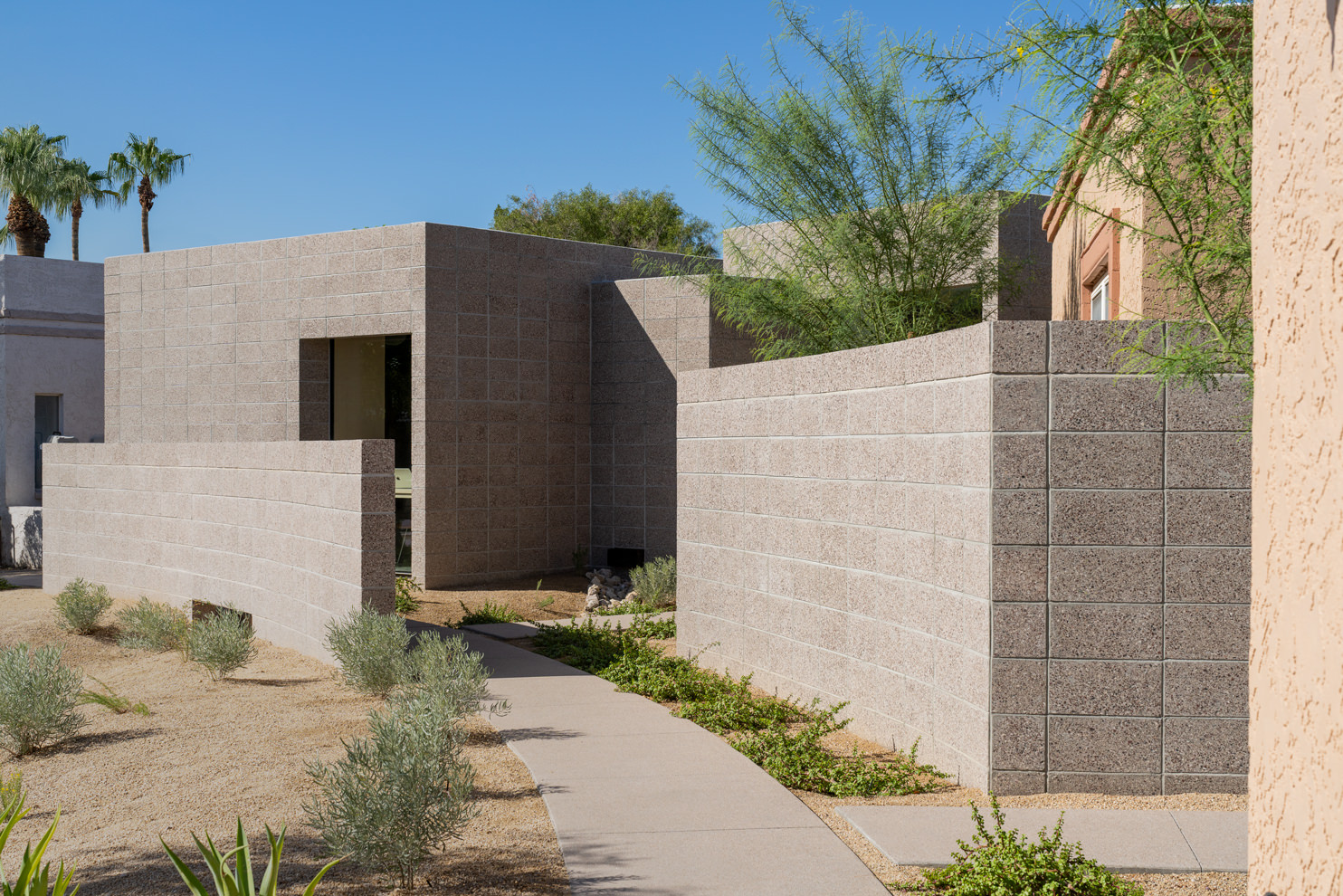 An Arizona home allows multigenerational living with this unexpected material
An Arizona home allows multigenerational living with this unexpected materialIn a new Arizona home, architect Benjamin Hall exposes the inner beauty of the humble concrete block while taking advantage of changed zoning regulations to create a fit-for-purpose family dwelling
-
 Michael Graves’ house in Princeton is the postmodernist gem you didn’t know you could visit
Michael Graves’ house in Princeton is the postmodernist gem you didn’t know you could visitThe Michael Graves house – the American postmodernist architect’s own New Jersey home – is possible to visit, but little known; we take a tour and explore its legacy